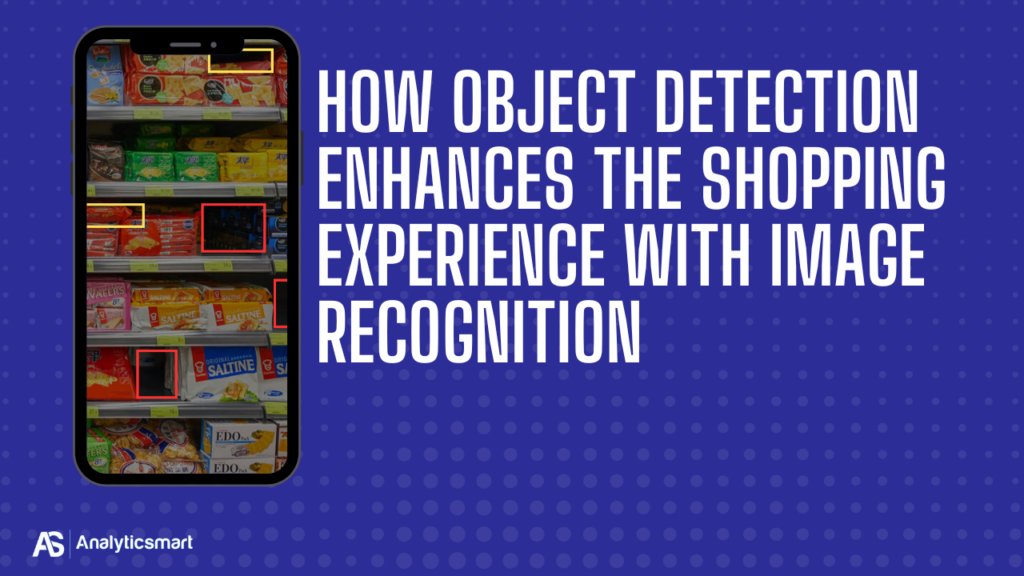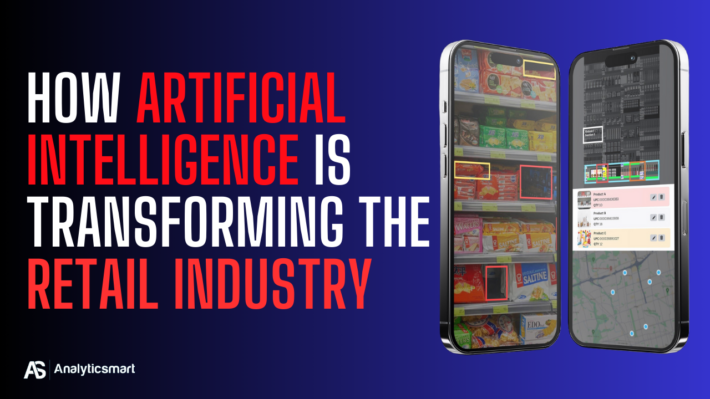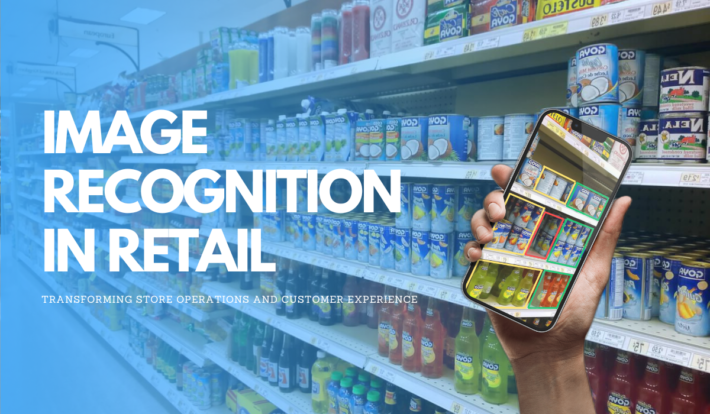Transforming Retail: How Object Detection Enhances the Shopping Experience with Image Recognition

Retail is undergoing a digital revolution, with AI technology at the forefront, reshaping how we shop and how retailers manage their stores. One of the most transformative innovations leading this change is object detection with image recognition, a technology making the retail experience smoother, smarter, and more efficient. In this guide, we’ll explore what object detection is, how it works, and the many ways it’s enhancing both the customer journey and the retailer’s operations. Whether you’re a store owner wanting to stay ahead or a curious consumer, this article will illuminate how image recognition is redefining the shopping landscape.
What is Object Detection in Retail?
Object detection is a branch of computer vision that enables AI to identify, locate, and categorize objects within images or videos. In the context of retail, it involves recognizing products, monitoring inventory, detecting price tags, and even analyzing customer behavior—all in real time.
For example, cameras in a store can capture images of shelves and accurately identify each product. Using deep learning algorithms, the system can differentiate between brands, identify misplaced items, and even monitor stock levels. This technology acts as the store’s eyes, ensuring that shelves are always stocked and that customers can easily find what they’re looking for.
How Object Detection Works in Retail Environments
The technology behind object detection relies on a mix of machine learning, computer vision, and data analytics. Here’s a quick breakdown of how it functions in a retail setting:
-
- Image Capture: Cameras or mobile devices capture high-quality images or video footage of the store. These images serve as the raw data for the AI system.
-
- Processing and Detection: AI algorithms process the images, identifying and categorizing objects, such as products, shelves, price tags, and even people. Each object gets a label and a confidence score, indicating how accurate the recognition is.
-
- Analysis: The system then compares the detected objects with the store’s database, identifying issues like misplaced products, low stock, or incorrect price tags.
-
- Action: Depending on the setup, the system can send alerts, adjust pricing, or update inventory data in real time. In some cases, it even automates actions, like updating digital price tags or sending restocking alerts.
The precision and efficiency of object detection make it an invaluable tool for retailers aiming to streamline operations and provide an excellent shopping experience.
Key Benefits of Object Detection for Retailers
1. Enhanced Inventory Management
Traditional inventory checks are time-consuming and often error-prone. Object detection enables real-time, accurate monitoring of stock levels, reducing the risk of both out-of-stock and overstock situations. With AI, retailers can ensure that popular items are always available, boosting customer satisfaction.
2. Automated Price Tag Monitoring
One of the standout applications of object detection is its ability to monitor and manage price tags with precision. Manual checks become a thing of the past as AI systems scan shelves for price discrepancies and update them automatically, saving time and labor costs.
3. Efficient Store Layout Optimization
Object detection provides valuable insights into how customers interact with products. Analyzing these patterns helps retailers optimize store layouts, improve product visibility, and enhance the flow of foot traffic, leading to a more pleasant shopping experience and increased sales.
4. Reduced Operational Costs
Automated processes reduce reliance on manual labor, cutting down operational costs. Staff can shift their focus to customer service and high-priority tasks, while AI handles routine monitoring and adjustments.
Enhancing the Customer Experience with Object Detection
Object detection technology benefits more than just retailers—it significantly enhances the customer experience, making shopping faster, more personalized, and more convenient. Here’s how:
1. Personalized Shopping
Object detection can recognize customer preferences, enabling tailored recommendations based on past behavior and interactions with products. AI can highlight special deals or suggest complementary items, adding a personal touch to the shopping journey.
2. Seamless Checkout Experience
Nobody likes waiting in long lines, and object detection offers a solution. Some stores are implementing “grab-and-go” technology, where AI detects what items a customer picks up and charges them without the need for traditional checkout, reducing wait times.
3. Faster Product Search
In large stores, finding specific products can be overwhelming. With object detection, customers can use smartphones to scan shelves and quickly locate what they need, making the shopping experience more efficient.
Real-World Examples: Object Detection in Action
Many retailers are already using object detection to streamline their operations and enhance customer satisfaction. Here are a few notable examples:
1. Amazon Go
Amazon Go stores use object detection to provide a cashier-less shopping experience. Cameras and sensors track what items customers take off the shelves, and their account is automatically charged upon exit, eliminating checkout lines.
2. Zara
The fashion retailer Zara utilizes object detection for inventory management. Cameras scan shelves for misplaced items, ensuring that products are well-organized and easy for customers to find.
3. Walmart
Walmart has integrated AI technology to optimize its stock management process. Cameras equipped with object detection monitor inventory levels in real time, maintaining accurate records and keeping shelves stocked.
These examples show how object detection not only enhances operational efficiency but also aligns with today’s tech-savvy consumer expectations, providing a modern shopping experience.
The Future of Object Detection with Image Recognition in Retail
The potential for object detection with image recognition in retail technology is immense, and the technology is still evolving. Here are a few future trends to watch:
-
- Augmented Reality Integration: Combining object detection with AR can create interactive shopping experiences. Imagine using AR glasses to see real-time product information, reviews, and pricing as you browse.
-
- Advanced Consumer Insights: AI will gather deeper insights into consumer behavior, helping retailers make data-driven decisions, refine marketing strategies, and personalize promotions.
-
- Enhanced Security: Object detection will play a larger role in security by identifying unusual behaviors and alerting staff, improving safety for both customers and employees.
Conclusion
Object detection, driven by advanced image recognition, is a powerful tool that’s reshaping the retail experience for both stores and shoppers. By automating inventory management, monitoring price tags, optimizing store layouts, and creating a more personalized shopping journey, retailers can streamline operations and keep customers returning. As technology continues to progress, object detection is set to play an even bigger role in the future of retail.
If you want to explore how image recognition can transform retail operations, check out Analyticsmart for the latest solutions tailored to enhance efficiency and customer engagement in the retail world.
Have A Question?
Learn how Analyticsmart can elevate your retail performance with data-driven insights and customized solutions.
Contact Sales
Have a question or comment? Submit your message through our contact form and a member of our team will get back to you within 24 hours.
Marketing Head | Analyticsmart
Unlock Your Retail Potential With Us


